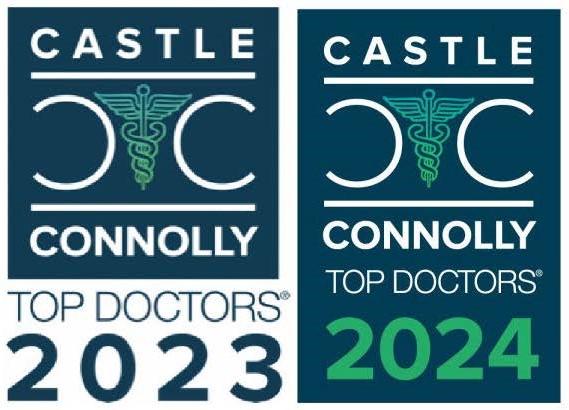Studies on EEG Findings
EEG Changes Associated with Autistic Spectrum Disorders, Boutros et al, 2015.
The Quantitative Electroencephalogram and the Low-Resolution Electrical Tomographic Analysis in Posttraumatic Stress Disorder, Todder et al, 2012
EEG Alpha Rhythm Frequency and Intelligence in Normal Adults,Anokhin & Vogel, 1996.
Traumatic Brain Injury – An EEG Point of View, lanof and Anghinah, 2017
Neuromodulation Studies and Reports
MeRT Ongoing Clinical Trials with the Department of Defense for PTSD, Post-Concussive Disorders, and TBI
PTSD Trials – Currently Military Specific
Major Depression
PTSD
EEG_EKG Guided TMS in veterans with PTSD_Randomized Double_Blinded pilot study_SBMT Poster Accepted
Electroencephalgraphy and Mild Traumatic Brain Injury, Thatcher, 2006.
For Veterans Suffering from PTSD who are not able to go through MeRT treatment, alternative treatments and studies from the United States Government, are discussed here.
Autism
EEG complexity as a biomarker for autism spectrum disorder risks, Bosl, et al, 2011.
Anxiety
EEG Correlates of Different Types of Anxiety in 14 – to 15-Year-Old Teenagers, Eismont et al, 2008.












